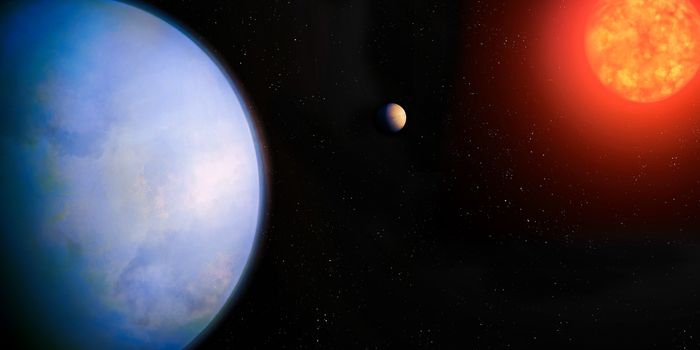Paper-thin loudspeaker FTW!
Who doesn’t love a great loudspeaker? From time immemorial, loudspeakers are the ultimate way to blast your favorite tunes. It’s your way of telling the world that you’re there and you’re the most awesome person on the planet. But what if we could replace those giant boomboxes with something more mobile while still maintaining the literal loudness that you rightfully deserve?
Engineers from the Massachusetts Institute of Technology (MIT) have come to the rescue with a recent study published in IEEE Transactions of Industrial Electronics where they created an ultrathin loudspeaker that can turn any rigid surface into a high-quality, active audio source. How about blasting your favorite tunes right from the surface of your favorite coffee table? Have your paper-thin loudspeaker stuck to the bathroom wall as you sing along in the shower without risk of getting literally shocked? Sounds awesome, right? The future is now, so why not enjoy it?
And what’s the best part? *Drum roll* This thin-film loudspeaker produces sound with minimal distortion while using a fraction of the energy required by a traditional loudspeaker. The hand-sized loudspeaker the team demonstrated, which weighs about as much as a dime, can generate high-quality sound no matter what surface the film is bonded to. No more bulky speakers with a billion wires. Act now and all you’ll have to do is put your new paper-thin speaker on a flat surface and dance away. Talk about awesome!
"It feels remarkable to take what looks like a slender sheet of paper, attach two clips to it, plug it into the headphone port of your computer, and start hearing sounds emanating from it. It can be used anywhere. One just needs a smidgeon of electrical power to run it," says Vladimir Bulović, the Fariborz Maseeh Chair in Emerging Technology, leader of the Organic and Nanostructured Electronics Laboratory (ONE Lab), director of MIT.nano, and senior author of the paper.
The energy-efficient device only requires about 100 milliwatts of power per square meter of speaker area. By contrast, an average home speaker might consume more than 1 watt of power to generate similar sound pressure at a comparable distance. Check out this amazing achievement in entertainment in the above video, and blast away!
As always, keep doing science & stay awesome!
Sources: IEEE Transactions of Industrial Electronics
Featured Image Credit: MIT








